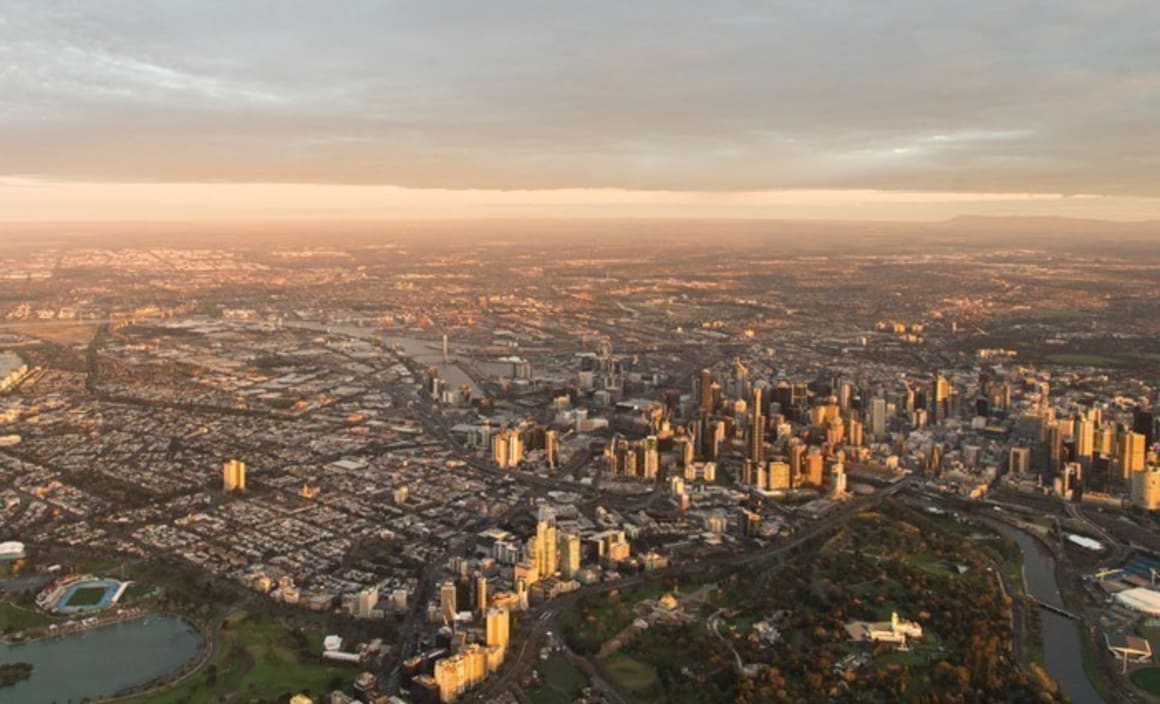Momentum shifts to Melbourne's more affordable markets

While some commentators suggest a slowdown in city markets, there’s little evidence of that in Melbourne.
There are growth markets spread throughout the Melbourne metropolitan area. There isn’t a single market leader, but strong precincts north, south, east and west of the Melbourne CBD.
Local government areas that feature as places with forward momentum include Brimbank in Melbourne’s west; Monash in the mid south-east; Casey, Kingston and Greater Dandenong in the far south-east; Mornington Peninsula in the far south; Whitehorse in the east; Darebin in the mid north; and Whittlesea in the far north.
Upmarket areas such as the Boroondara LGA (including Balwyn, Ashburton, Hawthorn and Kew), and the Glen Eira LGA (Bentleigh, Elsternwick and Caulfield) feature, but most of the standout precincts are middle market and bottom end suburbs.
Melbourne’s up-cycle began in 2013 with the inner city and the prestige suburbs of the inner south-east. But in 2014 the momentum has spread increasingly to the middle ring and outer ring suburbs.
Whittlesea in the north of the metropolitan area is a strongly emerging precinct, where suburbs like Epping, Mill Park and Thomastown have rising sales volumes. In consecutive quarters this year Epping house sales have risen from 75 to 112 to 115, while Mill Park has jumped from 64 to 86 to 97 houses sales per quarter.
The key feature for the suburbs in this precinct is affordability (median house prices in the high $300,000s), coupled with good transport links and easy access to major jobs nodes.
The Darebin municipality in the mid north is another rising precinct, where Preston, Thornbury and Reservoir stand out. Sales in Preston, normally around 100 per quarter, were 170 to 180 in both the June and September Quarters.
The Brimbank LGA in the western suburbs continues to stand out, based around the suburb of Sunshine. Sales volumes in Sunshine North have been 36, 45, 48, 54 and 61 in consecutive quarters, a pattern that inevitably generates prices growth.
Again, it’s the power combination of affordability, good infrastructure (including a major hospital and two university campuses) and jobs nodes that drives this precinct, with the major boost of the Melbourne transport hub for the Regional Rail Link on the way.
Similar forces are pushing the market in the Casey LGA in the south-east, where there are eight growth markets. Nearby Greater Dandenong has five rising suburbs.
The Kingston LGA, which includes middle market suburbs such as Cheltenham and Parkdale, continues to emerge.
Other middle market areas to feature are the Monash and Whitehorse LGAs.
Monash City, another precinct boosted by the presence of major education and medial infrastructure, has multiple growth markets, while the Whitehorse LGA east of the Melbourne CBD has eight rising suburbs, including Box Hill, Blackburn, Forest Hill and Surrey Hills.
Market momentum in the Melbourne metropolitan area spreads down to the Mornington Peninsula in the far south, where suburbs like Dromana, Blairgowrie, Rosebud and Mount Martha are moving forward.
Dromana, which was making 40 to 45 sales per quarter last year, is now doing 60 to 70. Inevitably, price growth has followed, with the median house price up 11% in the past 12 months.